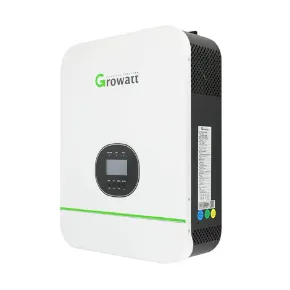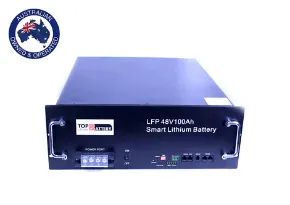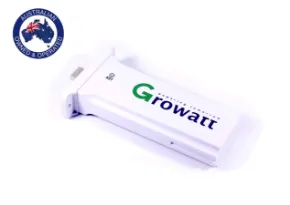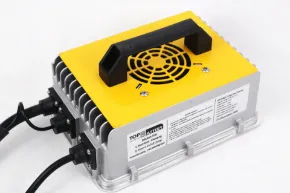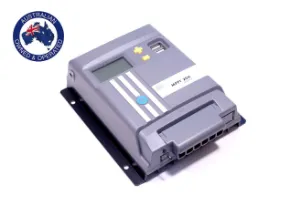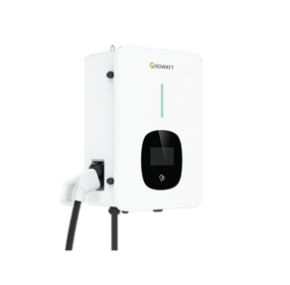Harnessing the Power of EVs: A First Step toward Off-Grid Living
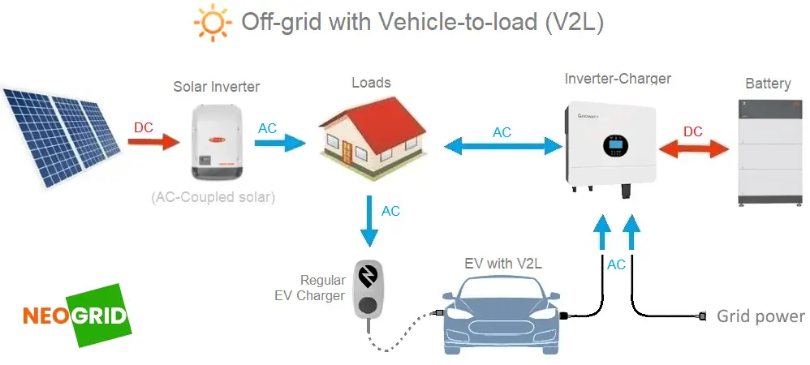
Greetings from 2025! 🎉
As we step into a new year, many of us are looking for ways to become more self-sufficient and reduce our reliance on the grid. One exciting way to achieve this is by setting up part of your home to work off-grid. In this blog post, we'll explore how you can take the first step towards energy independence using the Growatt SPF 6000 ES Plus inverter and electric vehicles (EVs) like the BYD Atto 3 and Seal.
This year in Australia has started off with some big storms across the country. The concepts here are not just going green but backing ourselves up when the power goes down.
Understanding the Growatt SPF 6000 ES Plus Inverter
The Growatt SPF 6000 ES Plus inverter is a versatile and powerful tool for your off-grid setup. One of its standout features is the dual AC inputs, allowing you to connect both to the grid and a generator. In our case, the generator will be an EV with Vehicle-to-Load (V2L) capability, effectively turning it into a Vehicle-to-Home (V2H) system. Other important features is that this inverter can output 6KWh of power which is equivelent of 2 full household 10Amp circuits. This means you can run most of your essentials all at the same time.

Setting Up Your Buffer Battery
To create an inexpensive starter system, we'll use a 48V 100Ah buffer battery, such as the Growatt Hope 48V 106Ah battery. This battery will store energy and ensure a stable power supply for your essential circuits. This battery can be expanded upon by buying extra units and just plugging them in. The 19 rack format allows them to be placed on top of each other and ideally placed in a rack.

Connecting Essential Circuits
It's crucial to have an electrician help you take some of the essential circuits off the mains and connect them to a fusebox attached to the inverter. Here are some suggestions for essential circuits that can be moved across:
- Lights: Ensure you have lighting in key areas of your home.
- Fridge: Keep your food fresh and safe.
- Essential Medical Devices: Maintain the ability to switch these devices easily to the off-grid system. Other essential devices you can include are aquariums etc...
- Communications: Keep your internet routers and phones running.
- Heat Pump-Based Hot Water System: Ensure you have hot water available (if you really need this). Do not attempt to attach an standard electric hotwater system as it draws too much power.
Using Your EV as a Generator
With the V2L capability of the BYD Atto 3 and Seal, you can plug your EV into the generator AC plug on the inverter. This setup will keep your essential circuits running and support the buffer battery. The concept here is that with two EVs, you can keep your house going indefinitely, providing a reliable and sustainable power source. If power is out for more than a week you could always drive off with one of the cars (hoping you still have roads left after such a big emergency) and charge up, returning with a full load to keep your household running.
Integrating Solar Panels
To further enhance your off-grid system, you can connect up to 8kW of solar panels to the Growatt inverter. This will allow you to harness solar energy during the day to keep your cars and batteries charged. By integrating solar power, you can maximize your energy independence and reduce your reliance on external power sources even further. In my case I would consider taking one of my existing solar circuits off the grid tied inverter and attach to this one since we hardly get anything back from the feed in tarifs these days.
Conclusion
By following these steps, you can take the first step towards energy independence and create a resilient off-grid system for your home. As we embrace the possibilities of 2025, let's make strides towards a more sustainable and self-sufficient future.


